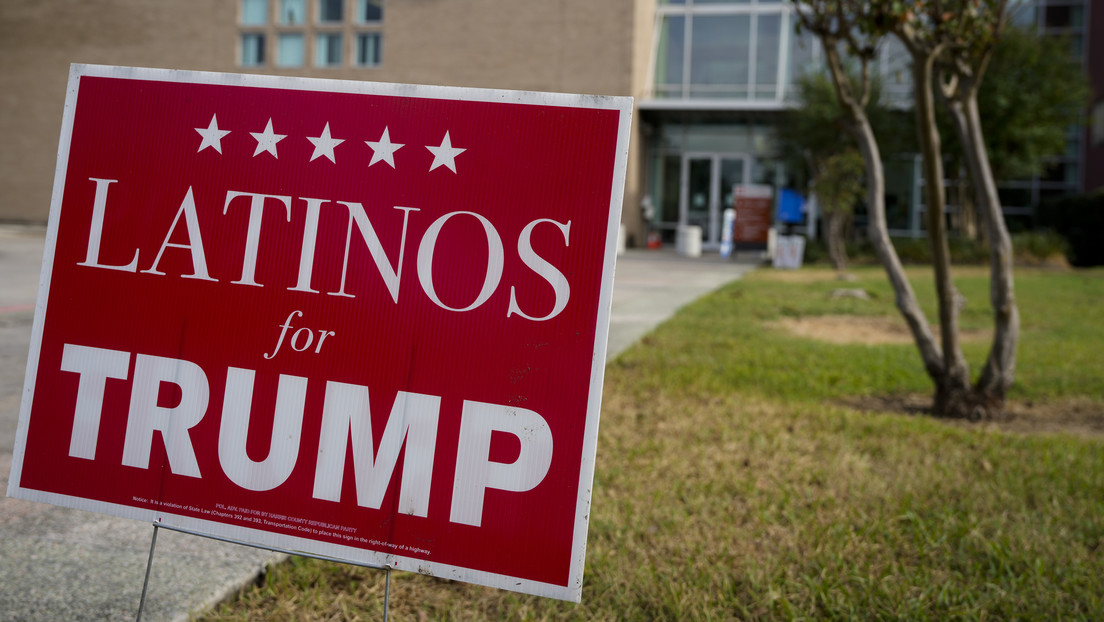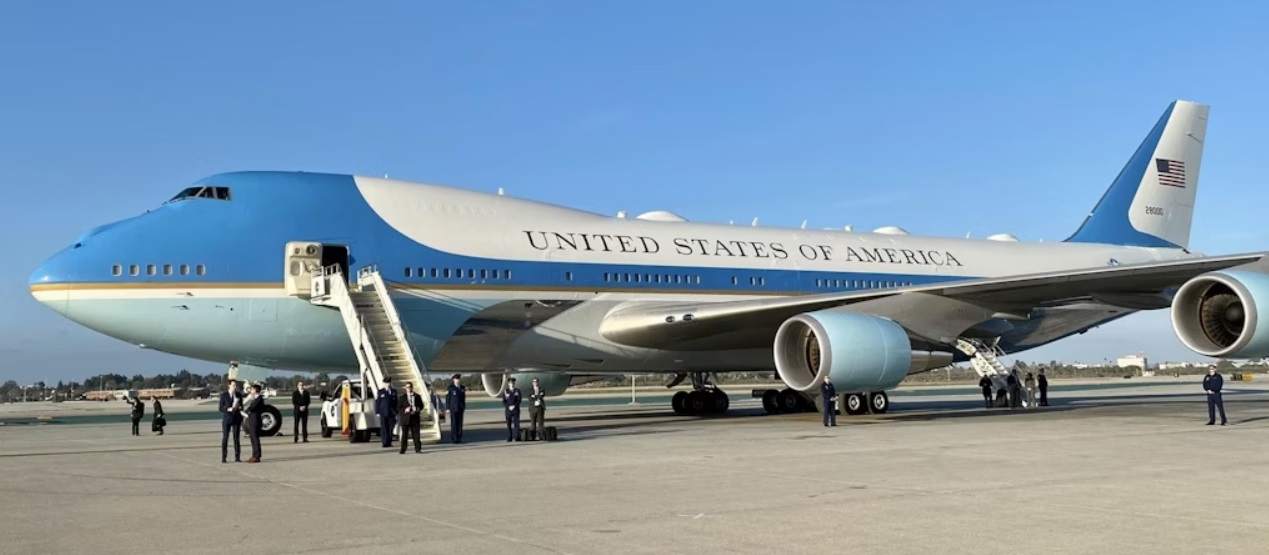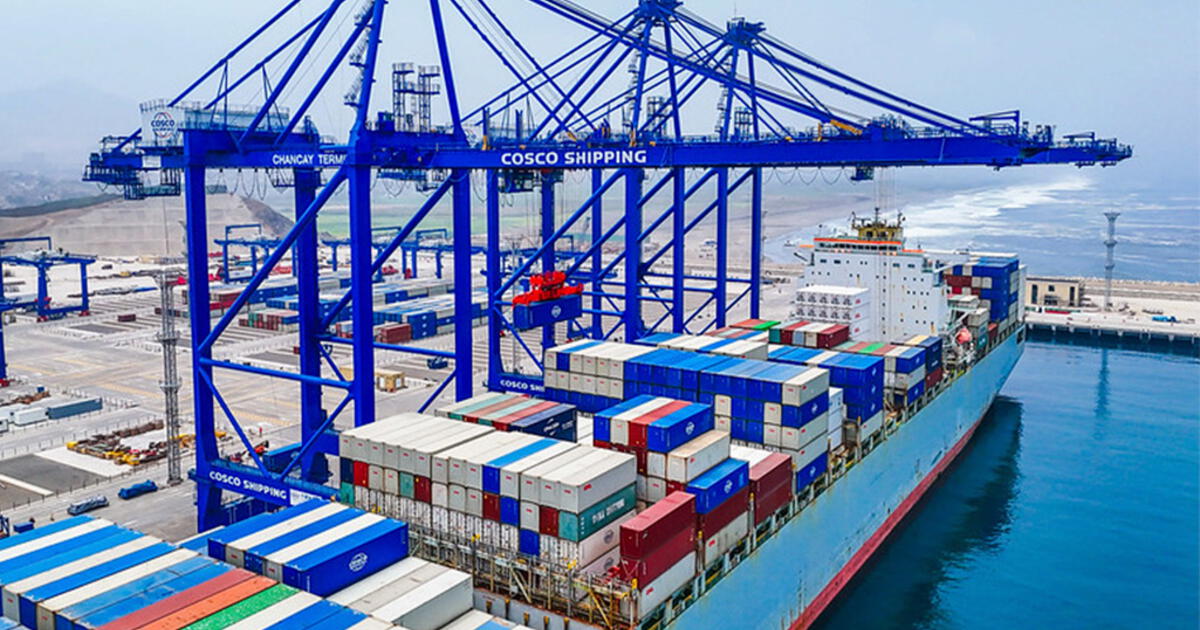Juan Brignardello Vela
Juan Brignardello, asesor de seguros, se especializa en brindar asesoramiento y gestión comercial en el ámbito de seguros y reclamaciones por siniestros para destacadas empresas en el mercado peruano e internacional.


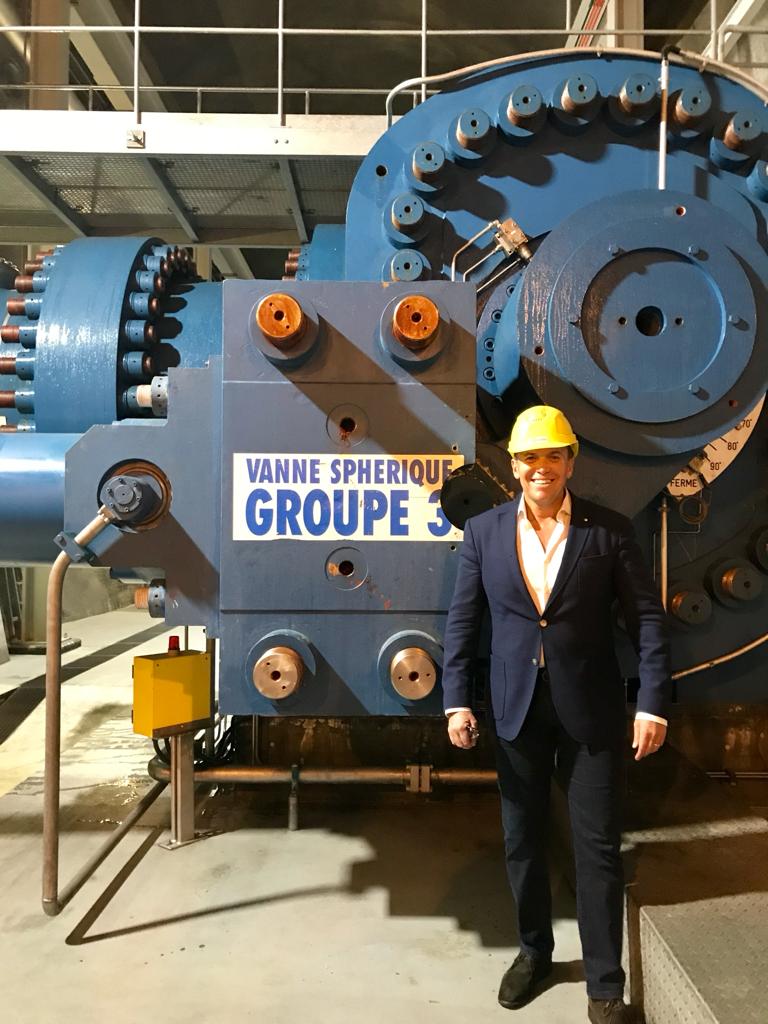
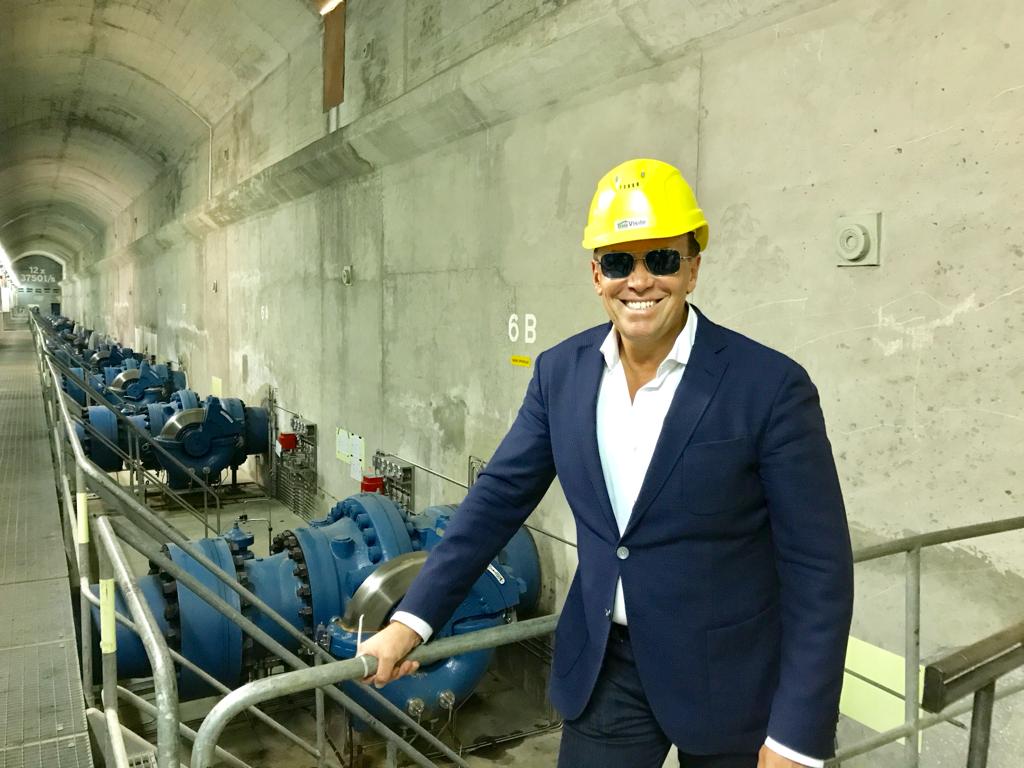
Illegal mining in Peru poses a critical challenge to the national economy and governance of the country, with alarming estimates suggesting it could generate up to US$ 4 billion in illicit exports during the year 2024. This phenomenon has been driven by a significant increase in the price of gold, which has surpassed the threshold of US$ 2,500 per ounce, making it an increasingly attractive resource for those operating outside the law. Economist Elmer Cuba from Macroconsult has pointed out that this rise in the value of gold has allowed the illegal mining market to grow exponentially. Traditionally, this market generated around US$ 2 billion, but current conditions suggest it could reach unprecedented figures. The state's lack of capacity to address the expansion of this illicit activity further complicates the situation. Cuba has emphasized that illegal mining not only fuels a black market but also deprives the state of significant fiscal revenues. While legally established mining companies contribute approximately 40% of their profits to the state in royalties and taxes, illegal miners contribute nothing, resulting in a significant loss of resources that should benefit the nation. Gold, by its nature, is a mineral that lends itself to smuggling and commercialization in the black market. The ease with which it can be sold to different buyers has led many to opt for the illegal route, multiplying the negative impact on the formal economy and state regulation. This scenario highlights the vulnerability of the system to an activity that, although illegal, has become a pillar for many local economies. In addition to economic losses, illegal mining also poses serious environmental risks. The practices carried out in these operations are often highly destructive, affecting biodiversity and ecosystems in areas that have traditionally been rich in natural resources. The lack of regulation and oversight allows these activities to continue unchecked, further exacerbating the environmental crisis in the country. To combat illegal mining, Cuba suggests that it is more effective to use financial intelligence units and the judiciary rather than focusing solely on the destruction of machinery and operational centers. This approach, which prioritizes intelligence over direct action, could be less risky and more effective in fighting the large mafias operating in this sector. However, this strategy faces a significant obstacle: the attention of judicial and fiscal authorities. Currently, many prosecutors are dedicated to investigating cases of political corruption, sidelining the issue of illegal mining. This lack of prioritization in combating mining mafias reveals a clear dissonance in the state's priorities. The growth of illegal mining also has social repercussions. Many communities, attracted by promises of work and prosperity, find themselves trapped in a cycle of dependence on the informal economy, which often results in precarious and dangerous working conditions. The lack of viable alternatives for local economic development feeds this cycle, perpetuating illicit activity. It is essential for the Peruvian state to take strong and effective measures to address this crisis. This not only involves strengthening the institutions responsible for regulating and supervising mining but also providing sustainable economic alternatives for communities that depend on illegal mining. Creating formal jobs and promoting responsible mining practices are key steps to eradicate this issue. Ultimately, the future of mining in Peru will depend on the state's ability to regain control over its resources and ensure that all citizens benefit. In a country where gold has been considered a symbol of wealth, it is imperative to establish mechanisms that allow both the formal economy and the environment to strengthen, ensuring that the true beneficiaries are always the communities and the state.
Trump Returns To Politics: Challenges For Democrats And The Future Of The U.S.
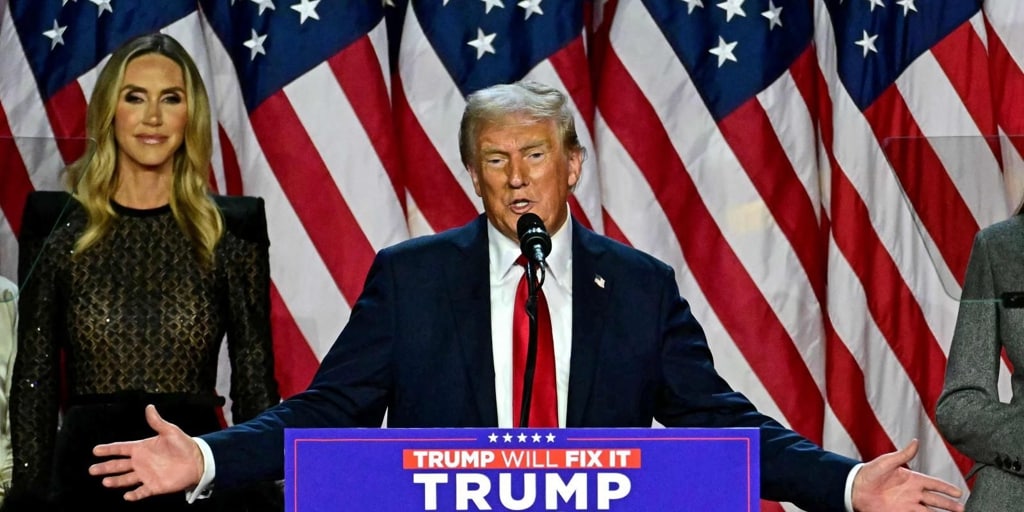
"Divisions In Latin America After Trump's Victory In The U.S. Elections"
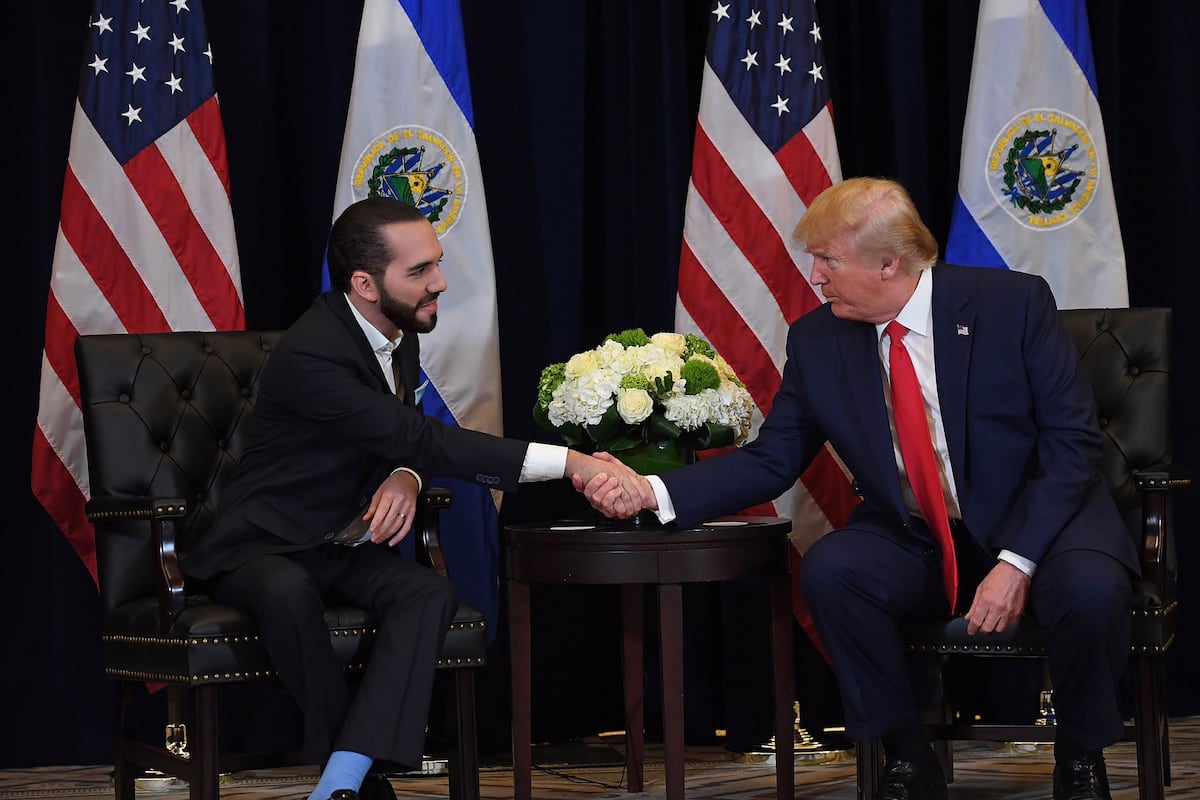
The Latin American Vote Strengthens Trump's Victory: How Can The Shift Be Explained?
